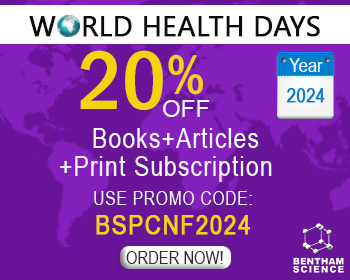Abstract
Receptor based QSAR methods represent a computational marriage of structure activity relationship analysis and receptor structure based design that is providing valuable pharmacological insight to a wide range of therapeutic targets. One implementation, called Comparative Binding Energy (COMBINE) analysis, is particularly powerful by virtue of its explicit consideration of interatomic interactions between the ligand and receptor as the QSAR variable space. This review outlines the methodological basis for the COMBINE model, contrasts it relative to other 3D QSAR techniques, and discusses sample applications that illustrate recent key innovations. One major development discussed is the rigorous integration of multiple receptors into unified COMBINE models for probing bioactivity trends as a function of amino acid variation across a series of homologous protein receptors, and as a function of conformational variation within one single protein. Other important examples include a recent extension of the method to account for covalent effects arising from ligand binding, as well as successful application of a COMBINE model to high throughput virtual screening. This review concludes with discussions about possible future methodological refinements and their applications, including potential extensions to four-dimensional QSAR, and a potential role of quantum chemistry in addressing covalent bonding effects and parametric adaptivity
Keywords: Comparative binding energy, QSAR, molecular docking simulations, drug design, virtual screening, mutagenesis, protein engineering

























